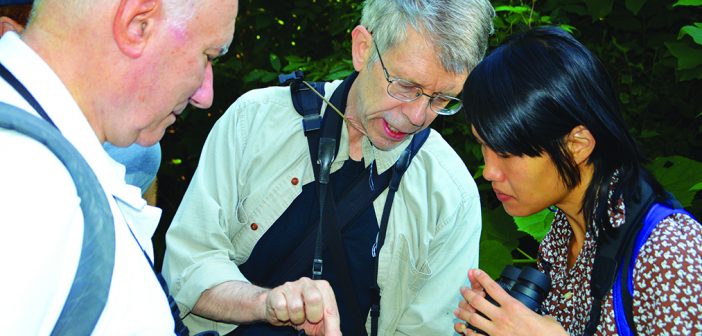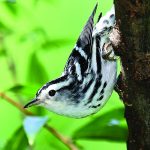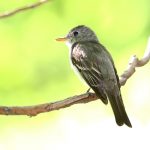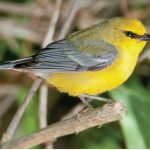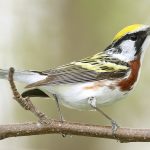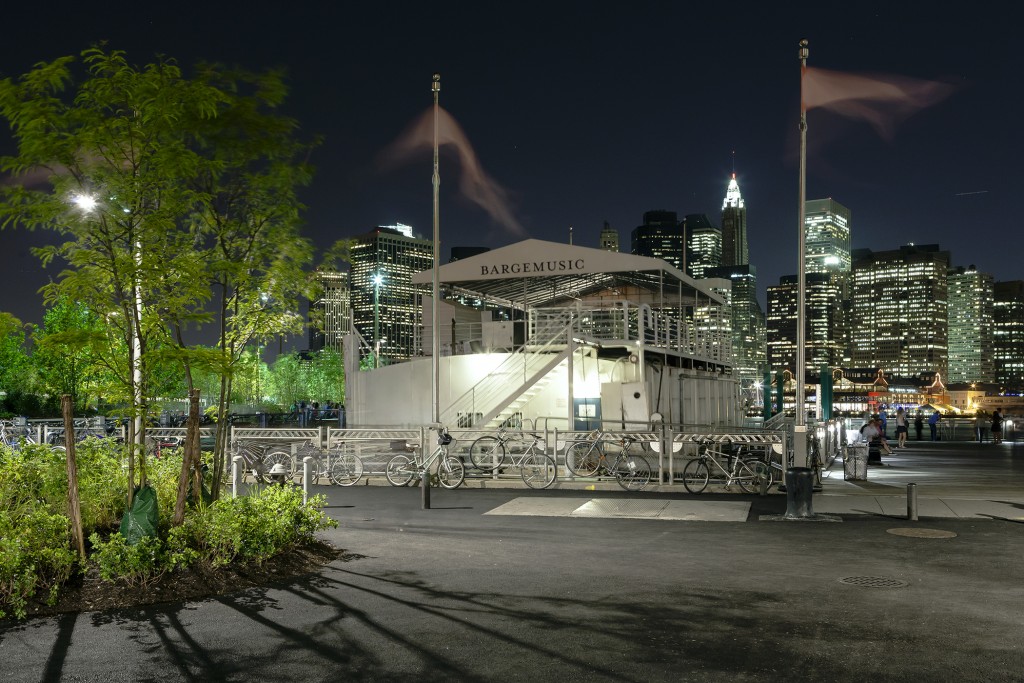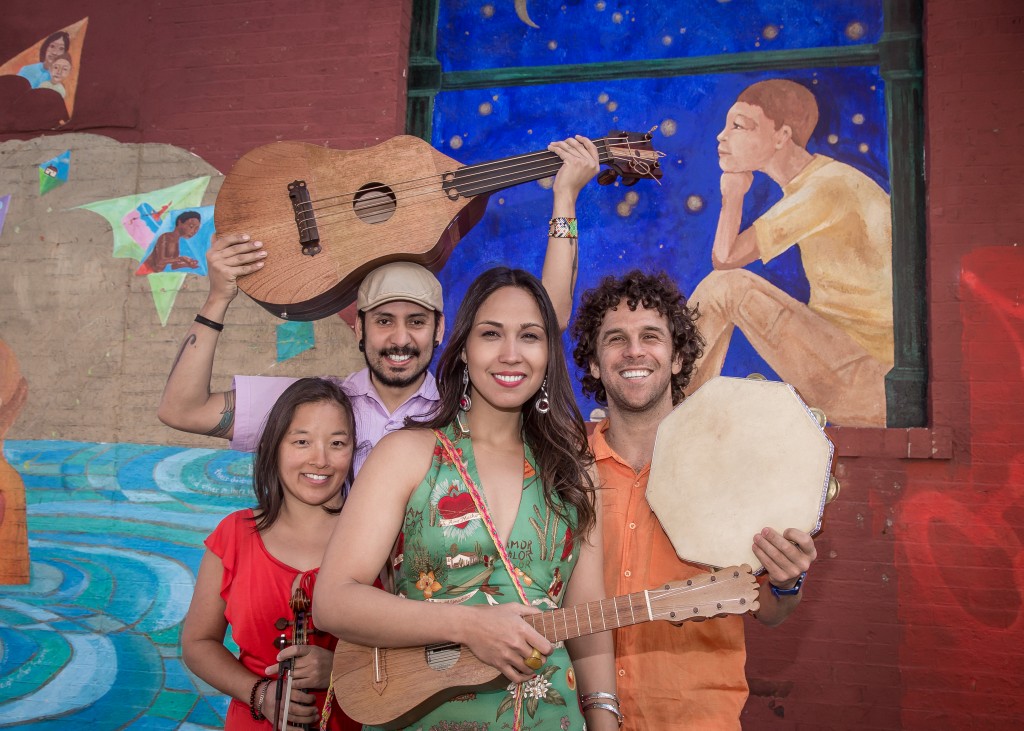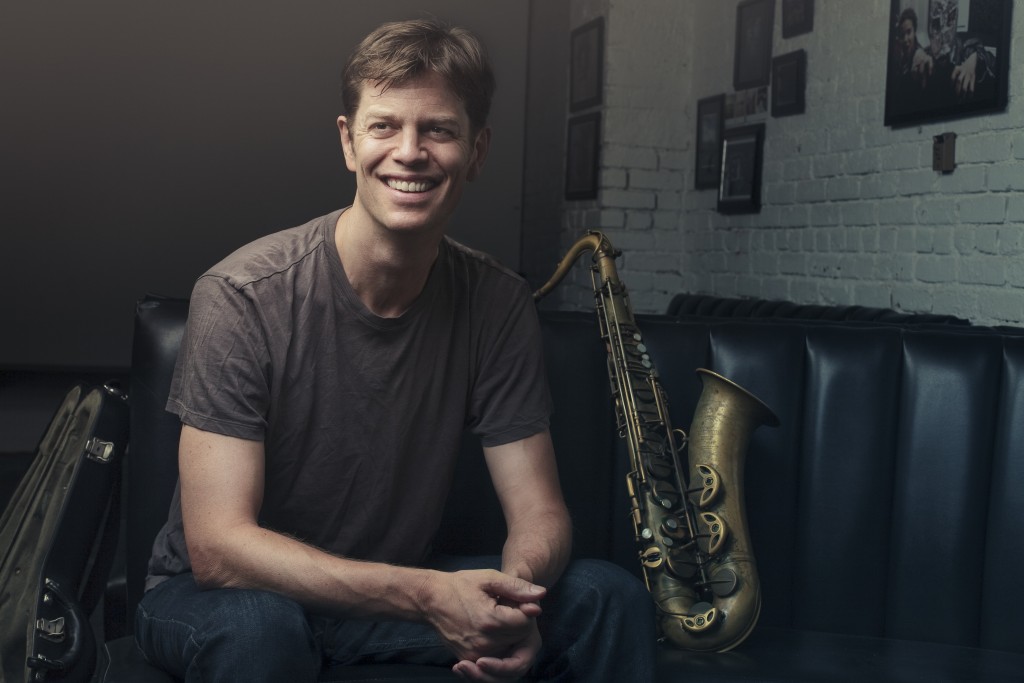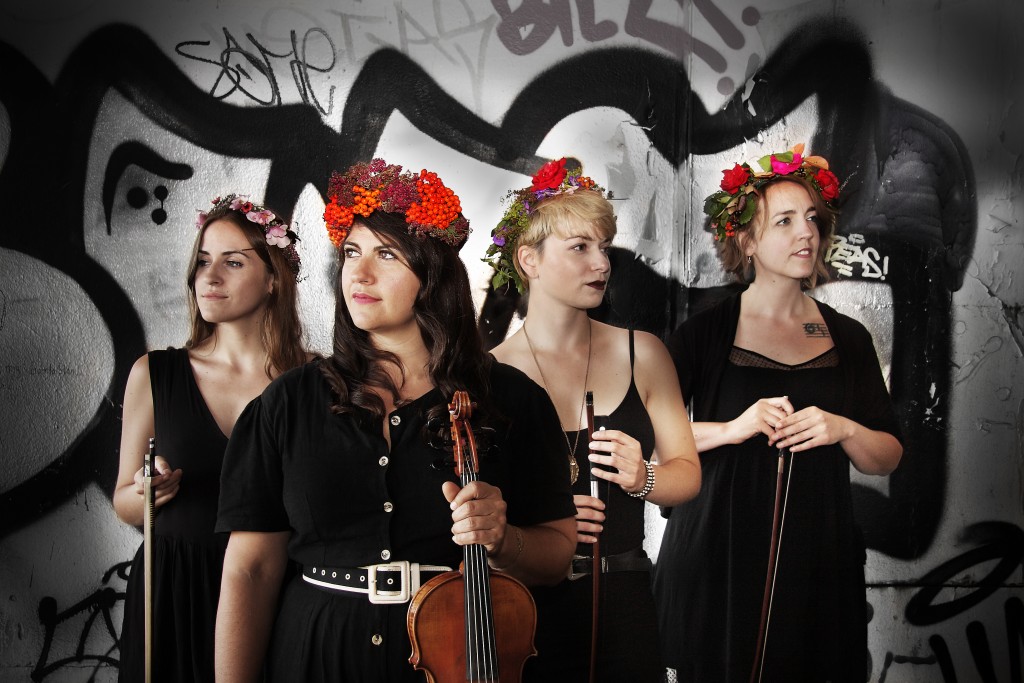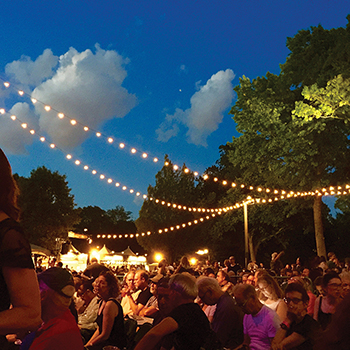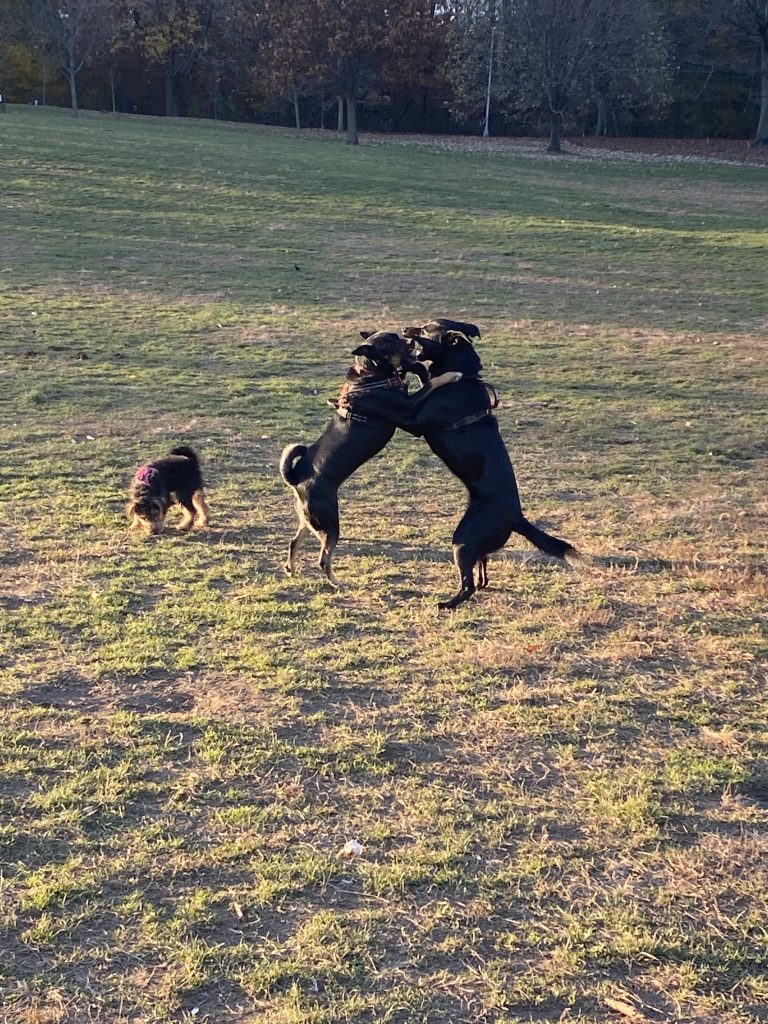
Advocating for a Dog Park in Prospect Park: The Start of a Journey
Why doesn’t Prospect Park have an off-leash dog run? And how do we get one? Let’s find out.
Though all the ways— both big and small— in which COVID changed the flow of life can hardly be quantified, one category with some concrete data revolves around pet adoptions. The Animal Care Centers of NYC shared that about 25 percent of people who had taken in dogs to foster at the start of the pandemic had adopted them permanently by June 2020. In May of 2021, a nationally representative poll of over 5,000 respondents by the ASPCA revealed that since the start of the pandemic, close to one in five households acquired a dog or cat. Based on the 2019 U.S Census, that would account for around 23 million households— with between 85-90 percent of those households reporting that they weren’t considering rehoming their pets.
Another quantifiable change in lifestyle: as of November, only 28 percent of Manhattan office workers had returned to their desks. While we can’t predict how and when that number will change, there is an undeniableness in the ubiquitous embracement of more flexible hours and remote work.
So what do these two things have in common? Well, with more dog owners and fewer in-office hours, it begs the question: Are there enough places where their pets are able to roam free? In some areas, yes. The Kensington Dog Run, which allows dogs to roam off-leash, opened in July 2020. The 7,000 square feet fenced-in space in the Parade Ground along Coney Island Avenue has separated areas for large and small dogs and canine-friendly turf. Though smaller in size, Jemmy’s Dog Run (currently undergoing renovations) in Madison Square Park, located near 5th Avenue and 24th street in Manhattan, is a year-round dog run with double-entry and exit gates, a ground of smooth pebbles, plenty of trees for shades, and lined with spigots to keep dogs hydrated.
One park glaringly absent of this kind of area reserved for off-leash recreation is the hub of Prospect Park itself. And the question posed by the publisher of the PSR was: Why? The 586-acre park is surrounded by families with dogs. Yet the off-leash rules are surprisingly rigid. In the designated areas for dogs, dogs are only permitted to run free between 6am–9am, and then from 9pm–1am. Particularly in the winter, when daylight hours dwindle, the opportunity for people in the neighborhood to give their dogs off-leash exercise throughout the course of the day is a difficult task. Why exactly is this the case? Or perhaps, to jump ahead, a better question would be: How does a community— like other communities around NYC have done in the past— go about establishing a fair and proper dog park.
That’s the mission we’ll be starting with this article series. Namely, the steps that have to be taken, the people and groups who are part of the process, the money involved, and the time scale for which a project like this needs to come to fruition. Talking to advocates and officials, digging into data, and examining past precedents along the way.
As per the American Kennel Club, the initial stages involve creating a proposal that contains the goals, proposes location, funding, maintenance, and enforcement. According to The Bark, an award-winning publication that was started in 1997 after the two founders adopted a dog and discovered it was illegal for her to go unleashed at their local park, a task force is helpful in centralizing the process, while conducting open, public meetings.
Demonstrating need and support are vital as well. With valid statistics on dog owners, the community, and park-goers, a worded request, as well as a circulating petition, are strong documents that can be brought to the attention of local officials in a concise way, which could lead to the request for a hearing. Ultimately, patience seems to be a key component throughout. As anyone who has advocated and fought for something before knows, the combination of various opinions with the nuances of bureaucracies and the process of congealing support into a cohesive unit can feel time-consuming. It can feel frustrating. Futile, even, at times. But something worth championing doesn’t always come easy. And hopefully the people and groups we talk with along the way will help in streamlining the major things that need to be done.
“The new Kensington Dog Run is a testament to what our community can achieve when it comes together over a shared interest, like providing a space for our canine companions to enjoy,” Borough President (now mayor-elect) Eric Adams said in the press release when the dog run opened. He also added, “Amid an unimaginably difficult period for our city, it’s a small — but powerful — reminder that empowering communities at the grassroots level can deliver results.”
“The new Kensington Dog Run is a testament to what our community can achieve when it comes together over a shared interest, like providing a space for our canine companions to enjoy. I was so proud to work with my colleagues in government and the local community to help fund this project through the participatory budgeting process. Amid an unimaginably difficult period for our city, it’s a small — but powerful — reminder that empowering communities at the grassroots level can deliver results,” said Brooklyn Borough President Eric Adams.
Stay tuned as we continue to dig down, and “bone” up on this topic. Hopefully in the end every dog will have its day.

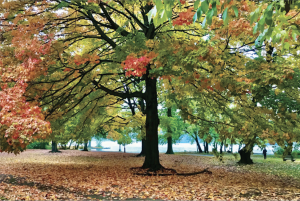
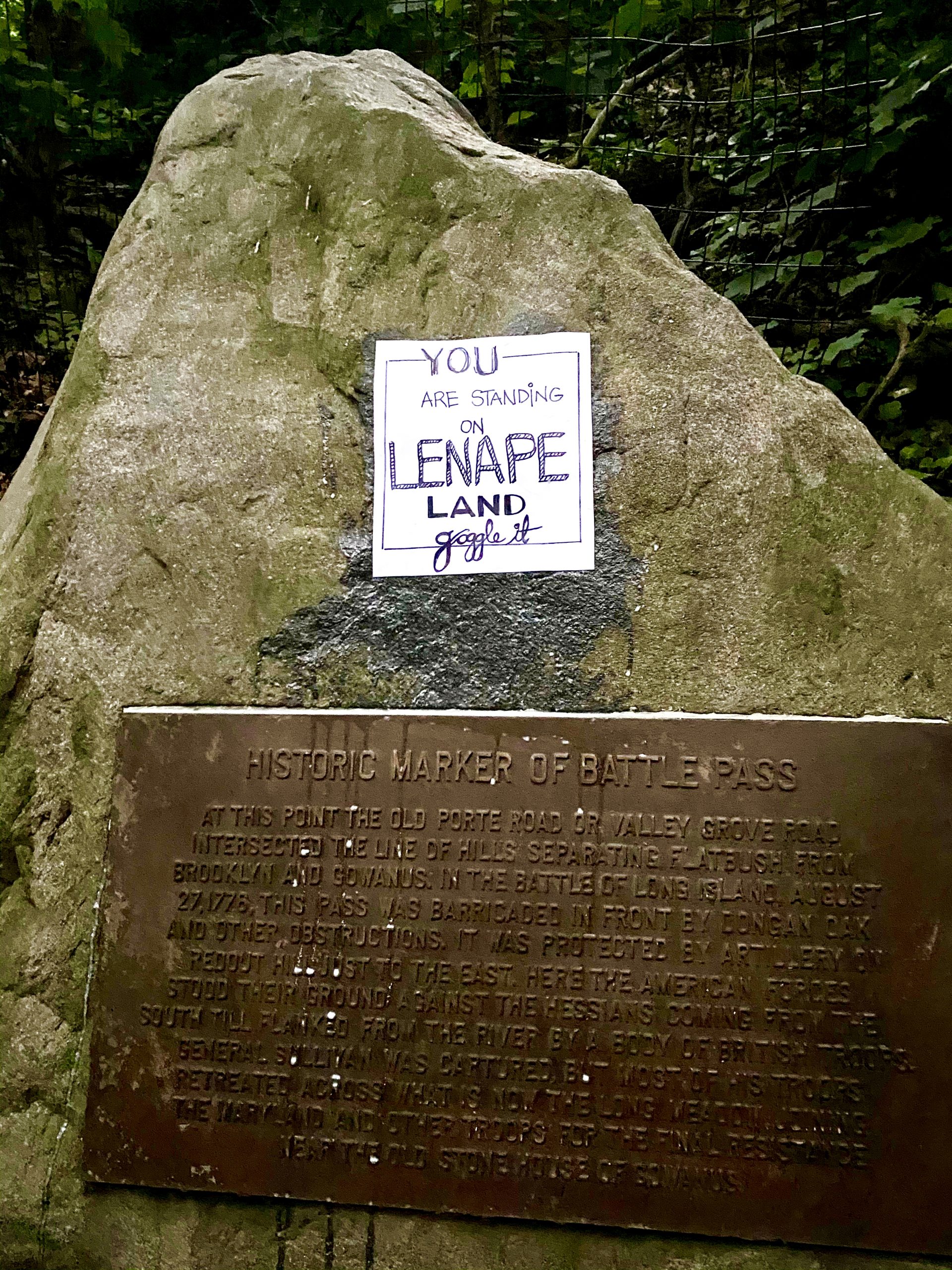
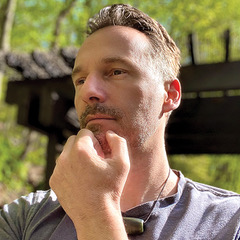

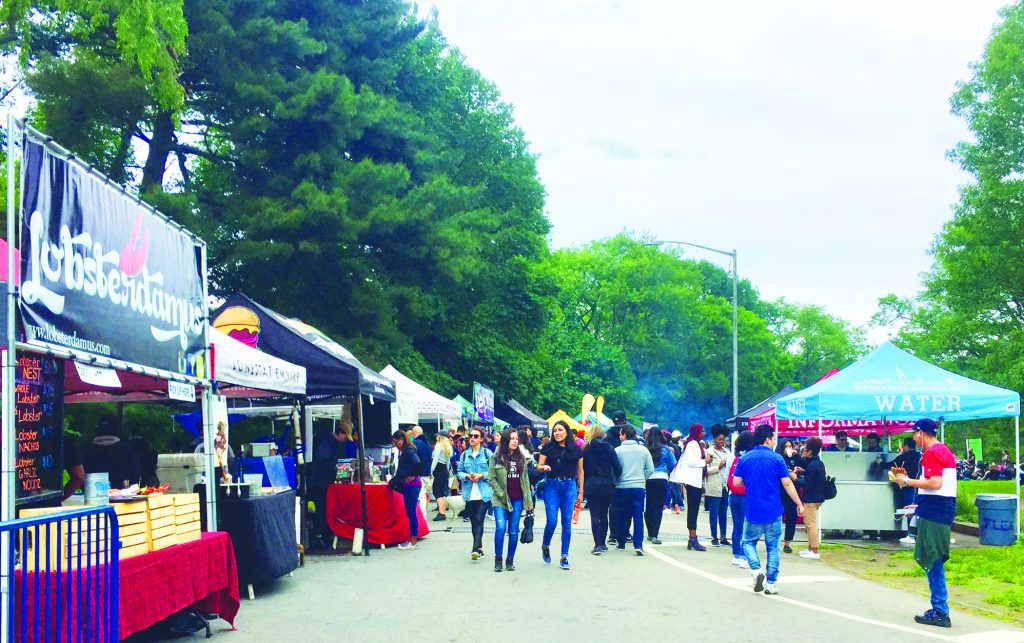
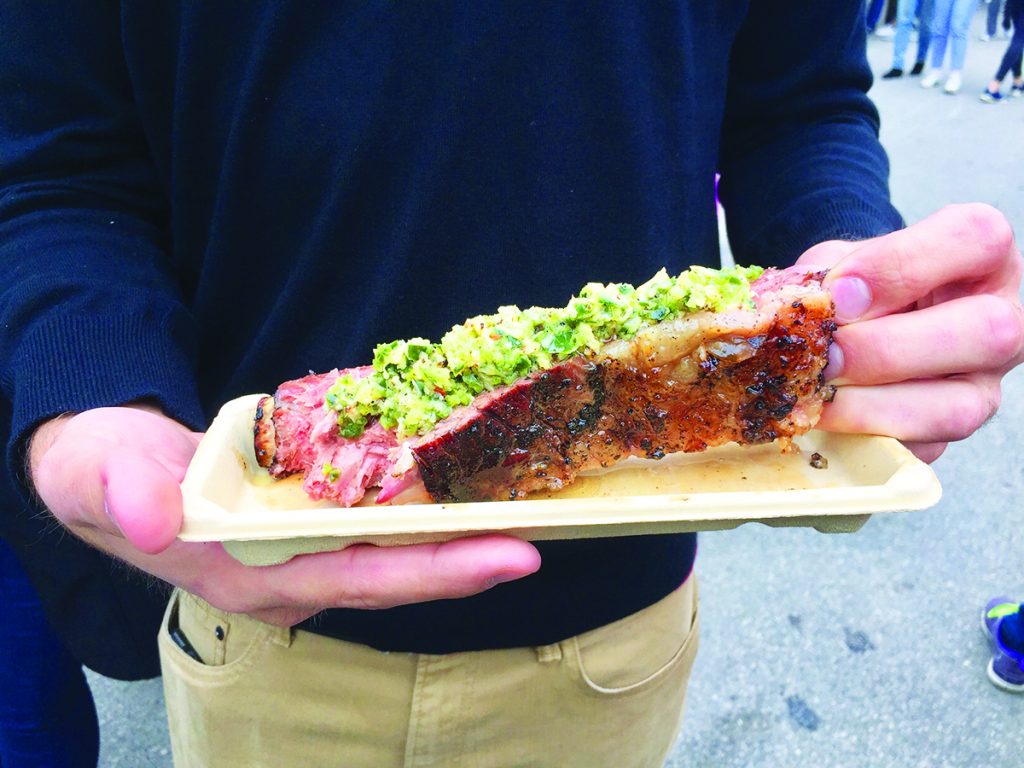
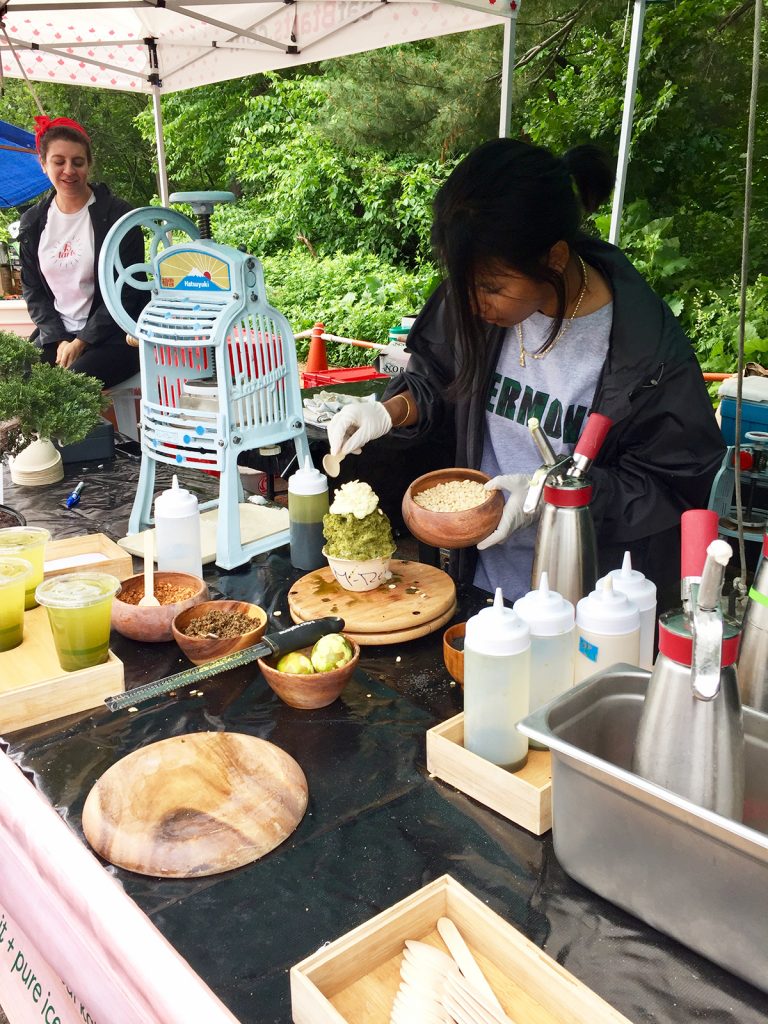
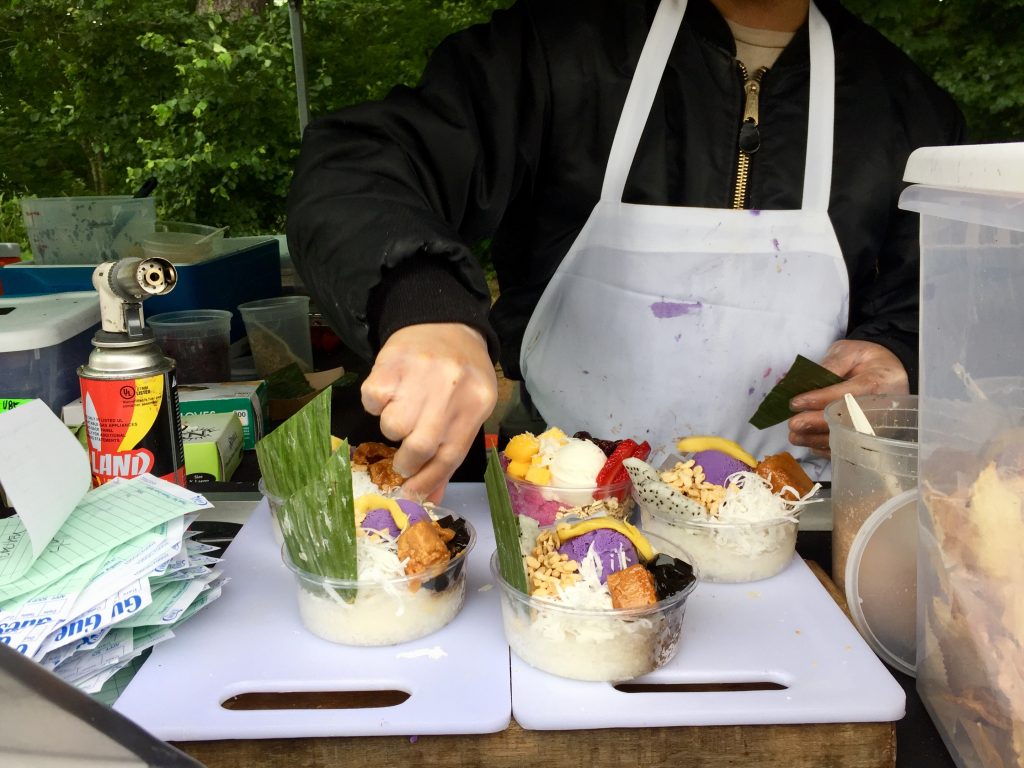
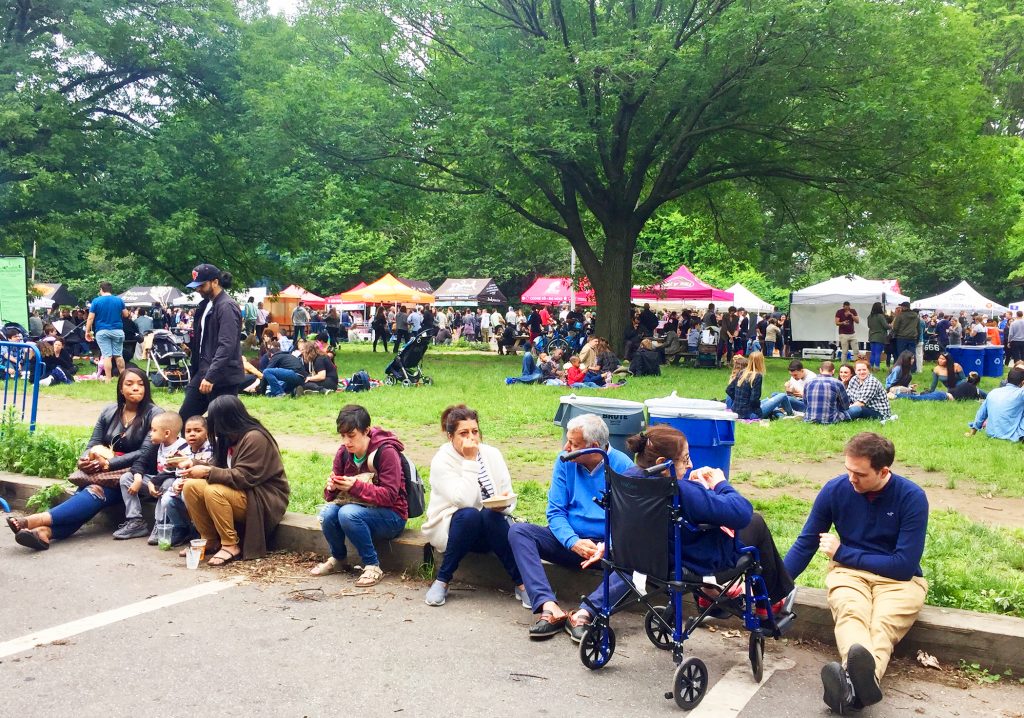
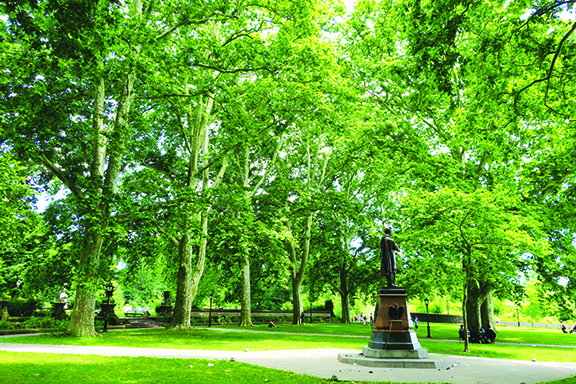
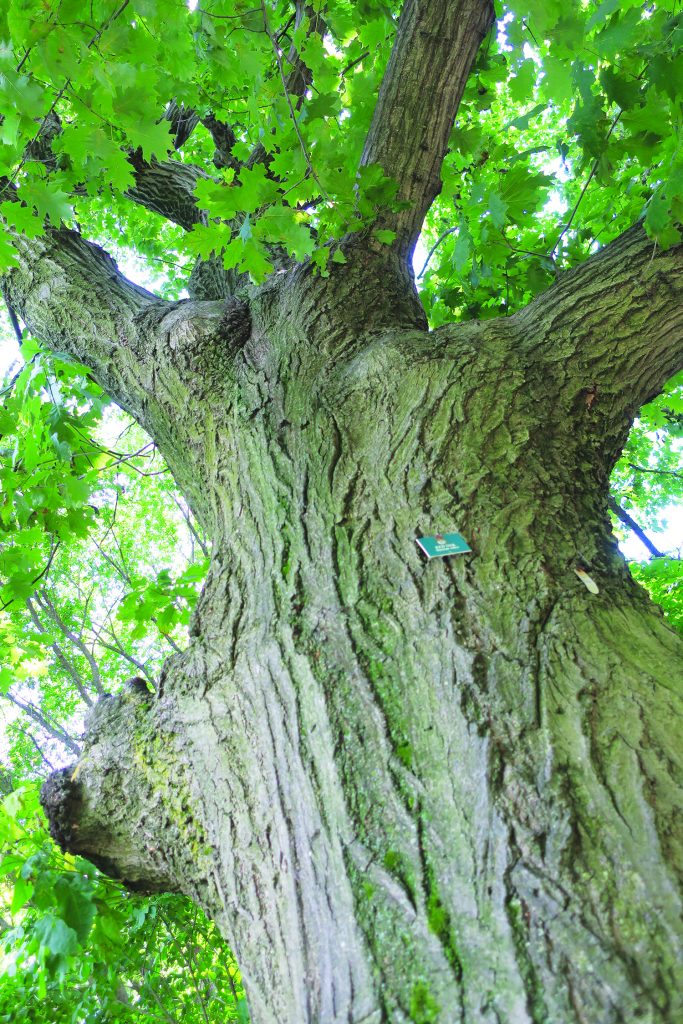
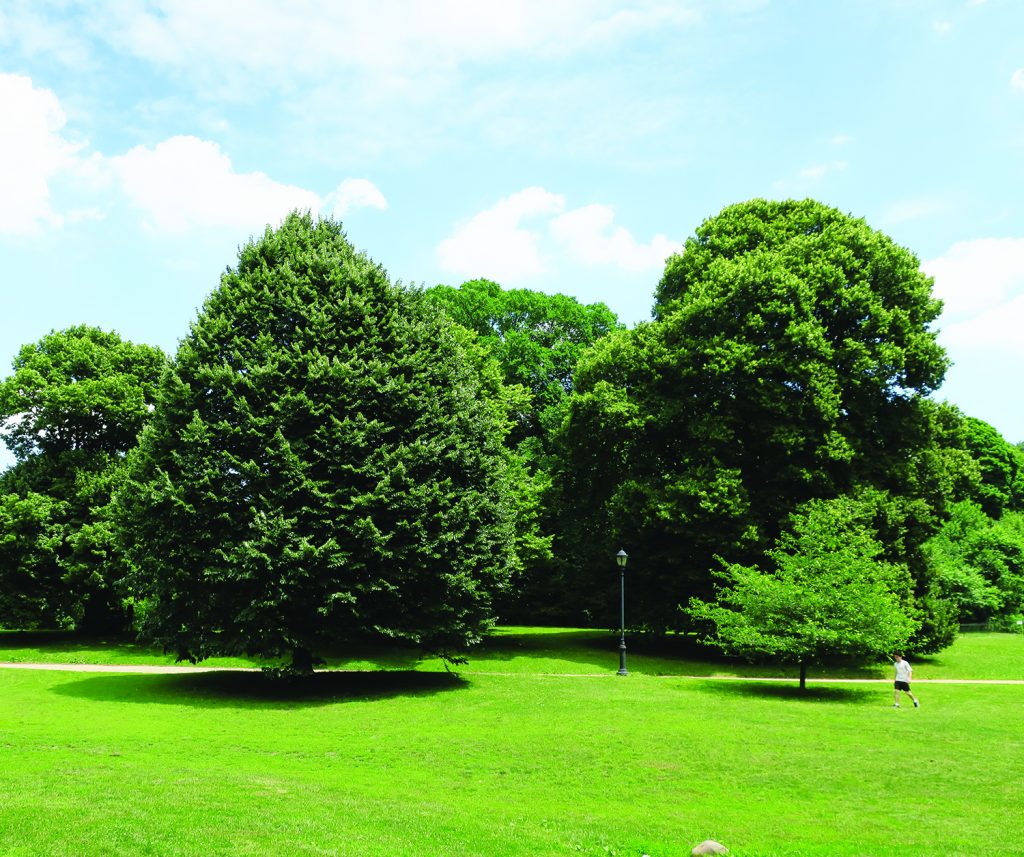
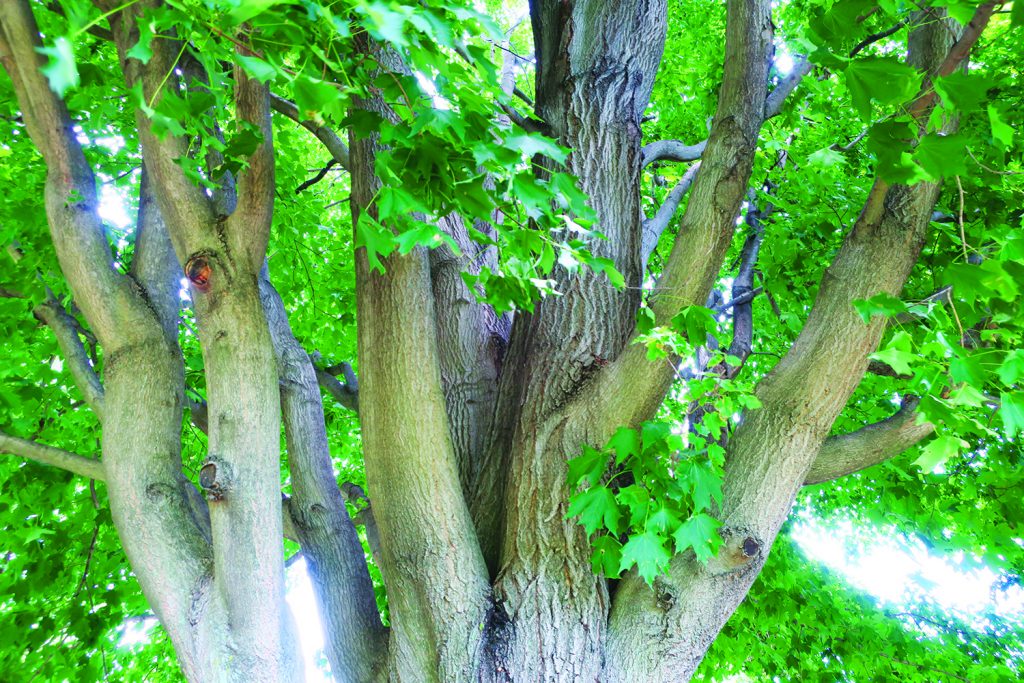
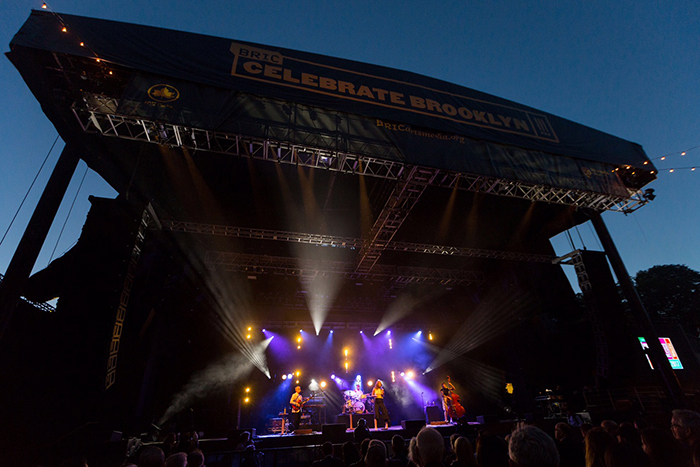
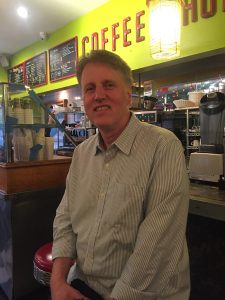 Can you walk us through the process of selecting the lineup for the summer? How is this summer different from other years?
Can you walk us through the process of selecting the lineup for the summer? How is this summer different from other years?